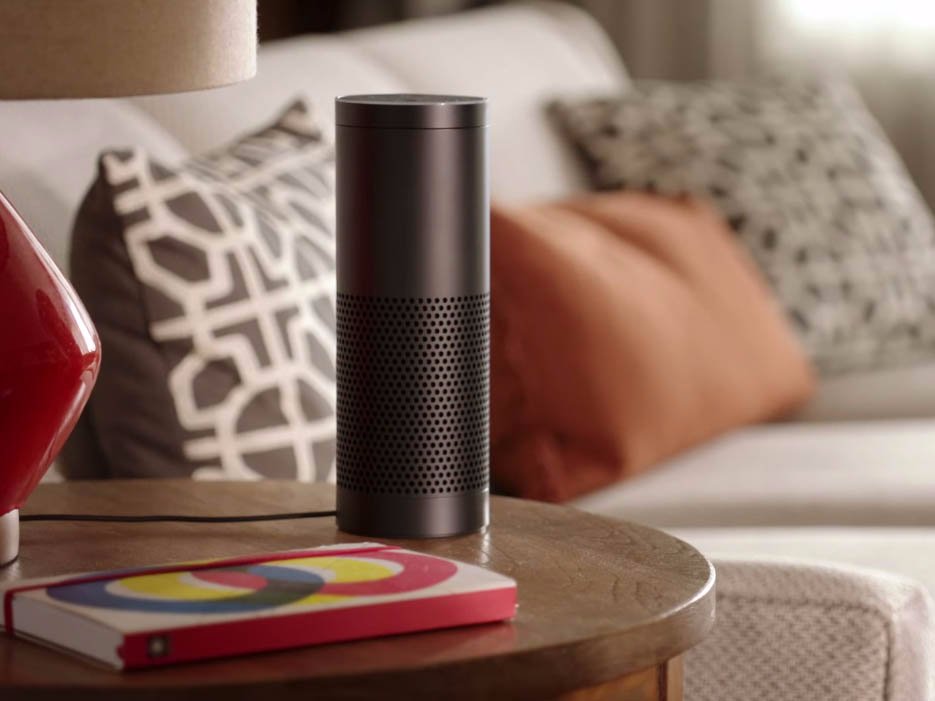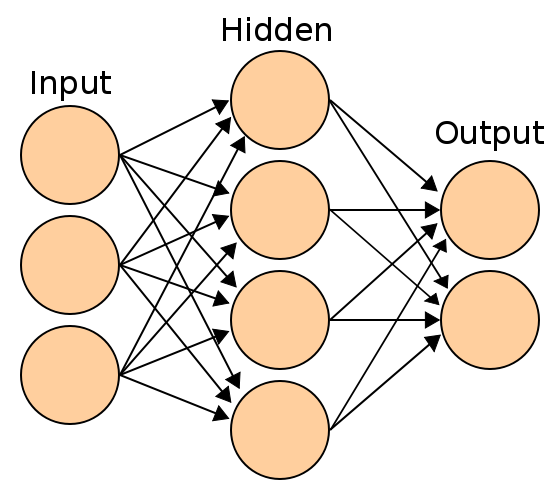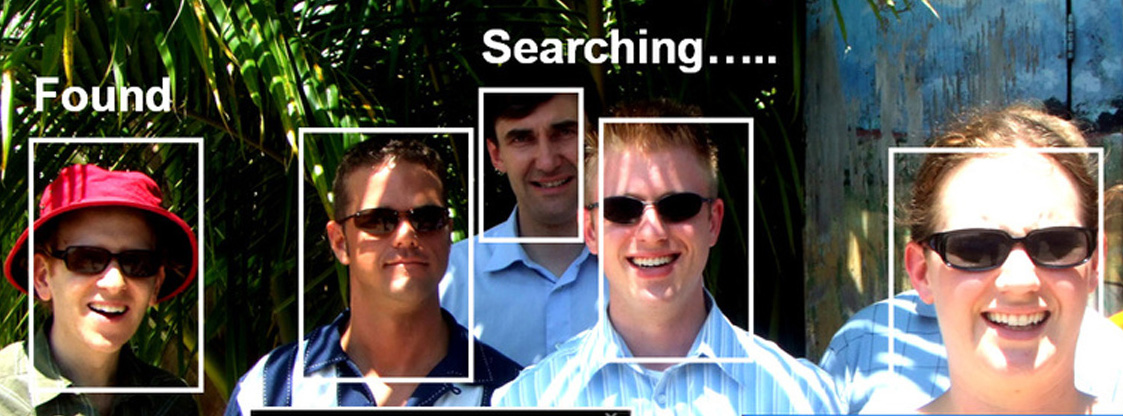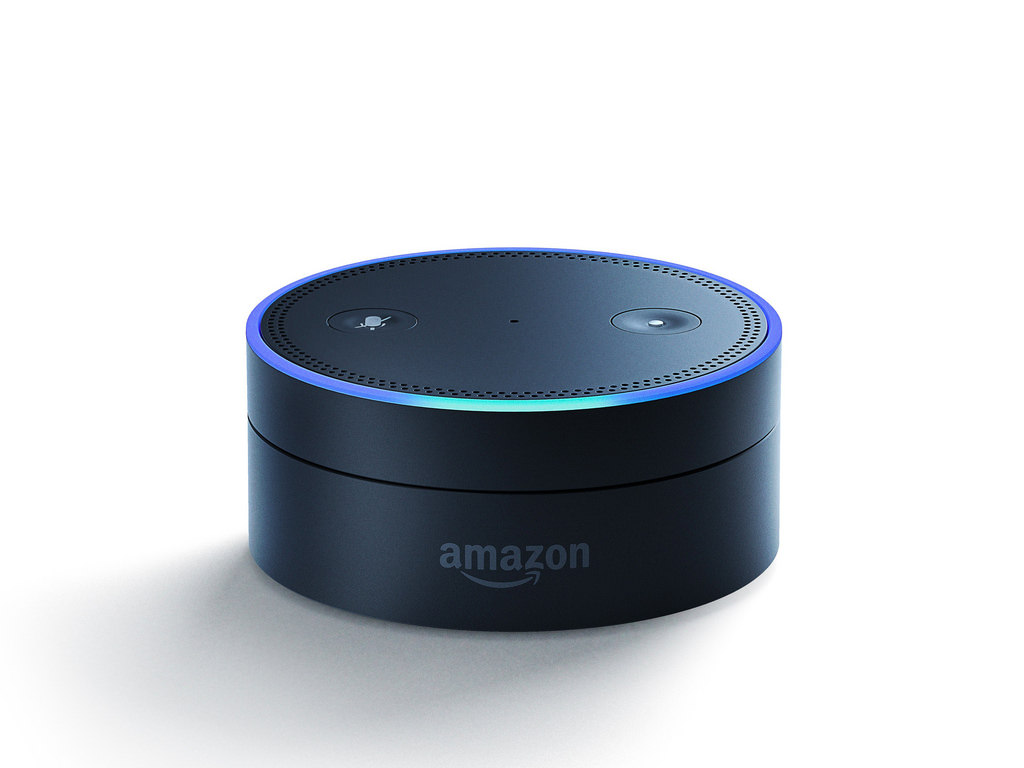Welcome to
Xythe
A Revolution Just Waiting to Happen
We all remember the robot world of the Jetsons, with their robot servers, robot shop owners, and even robot animals. An average joe might call that pure fantasy. But we call it the approaching reality. Jackson Robotics Solutions is committed to making the impossible possible. To take the pin up poster utopia dream we have all seen and thought of, and turn it into our world today.
But an average joe might ask.
How? Two words. Artificial. Intelligence.
At Jackson Robotics Solutions, us average joes have not only asked these same questions, but have spent countless hours figuring out how to create an AI engine, paired with a robot that can actively aid in tasks that we could always need a little help in.
So we present to you Model Xythe, a robot meant to help ameliorate the student and businessman lifestyle.
Imagine for a moment
Waking up in the morning, and quietly saying “Ok, can we get some 90s RnB up in here?” As you turn over in bed, still half-asleep, smooth 90s RnB begins to play, and a voice asks “Do you need anything else?” You tell it to “read today’s headlines”. It reads today’s headlines. You tell it to “remind you of today’s agenda” It regurgitates every single assignment, essay, test, and meeting you have scheduled for today.
The truth is, we discovered long ago that when used correctly, AI can make our lives easier, but in order to take advantage of this, we need to take a look at what Artificial Intelligence IS.

Artificial Intelligence: the intelligence that a machine demonstrates unlike that of animals and humans. The machines are given jobs to do through programs created by humans to efficiently carry out actions that may be tedious for humans to sit through or quickly run through the data for businesses. What makes artificial intelligence so special is not only regular computer programs is the machines’ ability to mimic human actions.
Available Technology: Despite the immense potential AI proves to envision, the technology available currently only skims the surface of the ocean of possibility. The current use of AI is subtle, in systems such as speech recognition in smartphones with developing smart assistants like Apple’s Siri and Samsung’s Bixby.
Current technology revolves around two basic ideas
Machine Learning: Machine Learning currently exists as our most common form of AI application. Essentially what occurs in this process, is the use of basic AI principles such as learning and uncovering trends from large amounts of data. Think of a coin sorter, but one that sorts millions on trillions of coins, in mere minutes.
Neural Networks: From a biological perspective, neural networks make up the backbone of our understanding of how the brain works on a daily basis, through learning. AI development has allowed this biological idea to be recreated on a virtual level, in a sense, mimicking the animal brain’s processes and improving upon it to create virtual systems that can essentially think for themselves. The advancement of neural networks has been a keystone facet in the development of rudimentary AI applications through machine learning, and has also been integrated into more complex systems such as Google’s DeepMind AI. Deep learning and its accompaniments also fall under the subset of machine learning, and create computers and virtual systems that are ever closer to being “human”.

This brings up the question, how "human" is too "human"?
Be careful what you wish for
Safety is an incredibly important aspect of Artificial Intelligence research and development, and not just for simple reasons. AI programming can have the usual risks where code malfunctions and causes harm as a result, but it can also pose safety issues on an existential level. Artificial Intelligence, as a whole, is built around the idea of creating virtual systems that have their own “cognition”. Now, this is where a huge issue is faced. When developing this cognition of an AI engine, a small mistake in the code can have potentially destructive impacts on the systems this AI works on, as well as on the real world it interacts with. An example of this is if an AI system is set to achieve a certain goal, but not given specifications on how to achieve this goal, and as a result of its developed virtual cognition chooses to take a relatively harmful path to achieving this goal set forth by the original creator. The cognition we create, is something that could get out of hand very quickly, and therefore it is vital that AI research and testing involves intensive analysis of the specific attributes an AI system is given to work with, particularly in “worst case scenarios”.

Another major issue that comes up is the ease of hacking on both a hardware and software level. AI systems from robots to online entities, could be programmed by hackers and those with malicious intent to wreak havoc at a much higher level of efficiency in comparison to a human. A study done by researchers at ZeroFox found that these forms of AI-based hackers had a much higher success rate at mass spreading phishing messages on social media platforms when compared to a human. Aritficial Intelligence comes with its own revolutionized form of hacking, and as a result one must strongly consider and research various forms of protection from these abuses of AI technology.
Potential Future Uses
Artificial Intelligence holds the potential to turn our world into the utopia we have dreamt of from our years in elementary school. Here are but a few uses that could culminate in the near future.
Self-driving cars: Machine learning- based artificial intelligence systems can allow cars to essentially “learn the roads” for themselves, freeing up time for consumers to indulge in other, more important tasks. After all, who likes having to sit in a traffic jam in the middle of Seattle unable to go anywhere or do anything?

Solving Global Issues: AI has the potential to help us solve issues ranging from global warming to rapid population growth. As humans, we only have so many numbers we can keep in our heads (yes, even the most intelligent of mathematicians still have limits). However, computers are essentially boundless. With a much larger array of data available, AI systems have a much better shot at running potential solution simulations for various global issues and producing the best solution for humanity.

Robots: This has already been something being developed, coming into the mainstream with the introduction of smarter robots such as Sophia from Hanson Robotics. However, robots infused with AI have the potential to change how we wake up. Every. SIngle. Morning. They can take care of the most dangerous of jobs, they can help keep us up to date and accountable for our responsibilities. They can care for the elderly, and even provide company for us when we are lonely. Although a truly “humanoid” robot is still far away, it is this potential application that us developers at Jackson Robotics Solutions have chosen to pursue.
Artificial Intelligence is a rapidly developing facet of our technology on an everyday basis. It is the key to unlocking the door to the future. To the worlds we only saw on our old television sets. To the worlds we only read about in novels. To the worlds we only touched and felt in our imagination. Using a variety of technological innovations in the field of computer science, artificial intelligence is being improved every day, based on concepts such as machine and deep learning. Using the basic theories of both human thought processing and philosophy, paired with the facets of computer science, our world is changing on the daily, and at the end of the day we felt it was up to us to take advantage of this.
Xythe is the Robot Version of a Rennaissance Man
Tech at Its Finest
Model Xythe is a concept built on the idea of “standing on the shoulders of giants”. And therefore its uses are based on the shoulders of one of the biggest sources of information in our world: the Internet. Model Xythe is intended to be a revolution in student and business lifestyles, and its uses are optimized exactly to make these people's’ lives easier. From reading out the day’s schedule in the morning, to taking average travel time data to provide the best route from point A to B on a given day of a given year. From acting as a security robot that immediately alerts you of any fishy business within milliseconds of it occurring near your premises, to analyzing the type of music you listen to in order to provide the ideal playlist for the given time of the day. From acting as a proxy for teachers to upload lectures to for those days where you just cannot get out of bed, to being your notekeeper for business activities. Xythe is the ultimate secretary, sibling, teacher, and assistant a student or CEO could ever need.
The technology we used in the development of this AI robot was based on a simple principle: make it work. We took the baseline structural compositions of robots from companies like Hanson Robotics (creator of media robot star Sophia) to basic roombas, and ran it through the most powerful creativity machine in our world: humans. We plotted and examined the nuances within each of these types of robots based in artificial intelligence, no matter how simple or how complex, and used it to create efficient structures that can be effective and simply utilized for various tasks under one “brain”.
Not only do we plan on using AI based on optimized hardware, but Xythe comes with something that not many other robots can actively take advantage of: learning through conversation. Our robots are built to learn by conversing-- not only with owners and humans, but with other robots on a community/regional-based cloud network, where data from a simple weather forecast to a complex network of traffic times is shared, creating a collective base of knowledge that is constantly improving.

The Fine Print, in Big Format
Model Xythe is an ongoing project. Perfection never comes in one shot. More importantly, our drive to revolutionize how we go through our day, is something shared by millions, if not billions of other people all over the world. Some for malicious purposes, some for good reason. As a result, Xythe is pursuing a concept often seen currently in the car industry from makers such as Tesla, where the hardware can be a one time buy, while the real innovation comes from frequent software updates. We have dubbed this method of consumer distribution as the “One and Done” method.
Hacking is something we take very seriously, and with the One and Done method, we set ourselves up for long term retaliation and protection against any and all malicious attempts for interrupting regular function of Xythe, whether it be on the consumer side or the database side. Frequent software and security updates create a constantly evolving protection against errors and allow consumers to trust that if there ever is an issue, whether it be a bug or malicious virtual disruption, it can be resolved without “bricking” the entire robot module. Our regionally independent consumer robot cloud network will allow us to target specific issues in isolated areas, and also allows for easier handling of issues. Revolution through software is the future, and we have fully embraced this aspect of consumerism, making it not only cheaper, but more sensible to buy a Xythe.
Our robot and AI engine strives to consistently abide by Isaac Asimov’s three laws of robotics:
1. A robot may not injure a human being or, through inaction, allow a human being to come to harm.
2. A robot must obey orders given it by human beings except where such orders would conflict with the First Law.
3. A robot must protect its own existence as long as such protection does not conflict with the First or Second Law.
We conform to these laws through our regionally independent cloud systems. Thriving within completely independent systems, connecting to the mainframe only for software updates, allows us to not only isolate issues in specific populations, but prevent anything from getting out of hand. As a result, even the most paranoid of us can sleep soundly at night, knowing there will not be any potential secret robot meetings going on in our living room.
Costs and Liabilities
We will be frank: The base asking price of Model Xythe is, $1500, which includes the robot, charging modules, lifetime software updates, a 2 year repair warranty, and a guide to taking full advantage of your new personal lifestyle assistant. We as a company continually strive to provide the best service for our consumers, but one may ask, “what about the hardware? What if it breaks or malfunctions?”. The average joes over here at Jackson Robotic Solutions hear you loud and clear, and this was one of the first things that popped in our mind during development. As a result, I present to you, the “donor system”. We operate on a “modular donor policy”, in which old or malfunctioning robots can be returned for newer or fixed models, and the returned robots are stripped of parts that can be used to replace or refurbish other robots. On the other hand, almost every part can be replaced or individually replaced with a new part, allowing costs to be kept down for any sort of maintenance or parts replacement. Our robots are meant to last for many years, but when it comes time for a new robot, we will happily compensate for any old robot sent back, as the parts will be reused for repairs in other models. The warranty does not hold us liable for any modifications conducted by unapproved Jackson Robotics Solutions providers and any attempt to do so WILL void warranties. The asking price may seem high, but is necessary for the research and development of a field of study that is soon to be an important facet of our daily lives. To order, contact us at 425-385-7000 or visit one of our contracted suppliers!